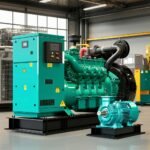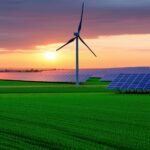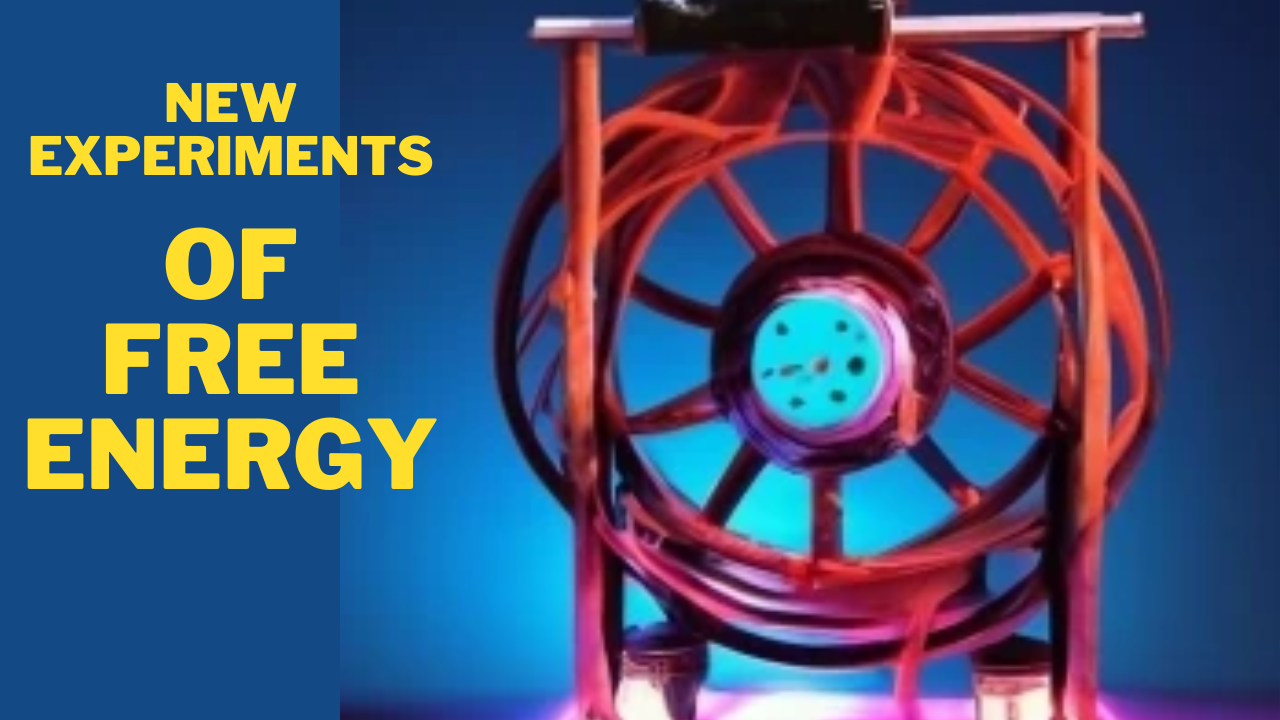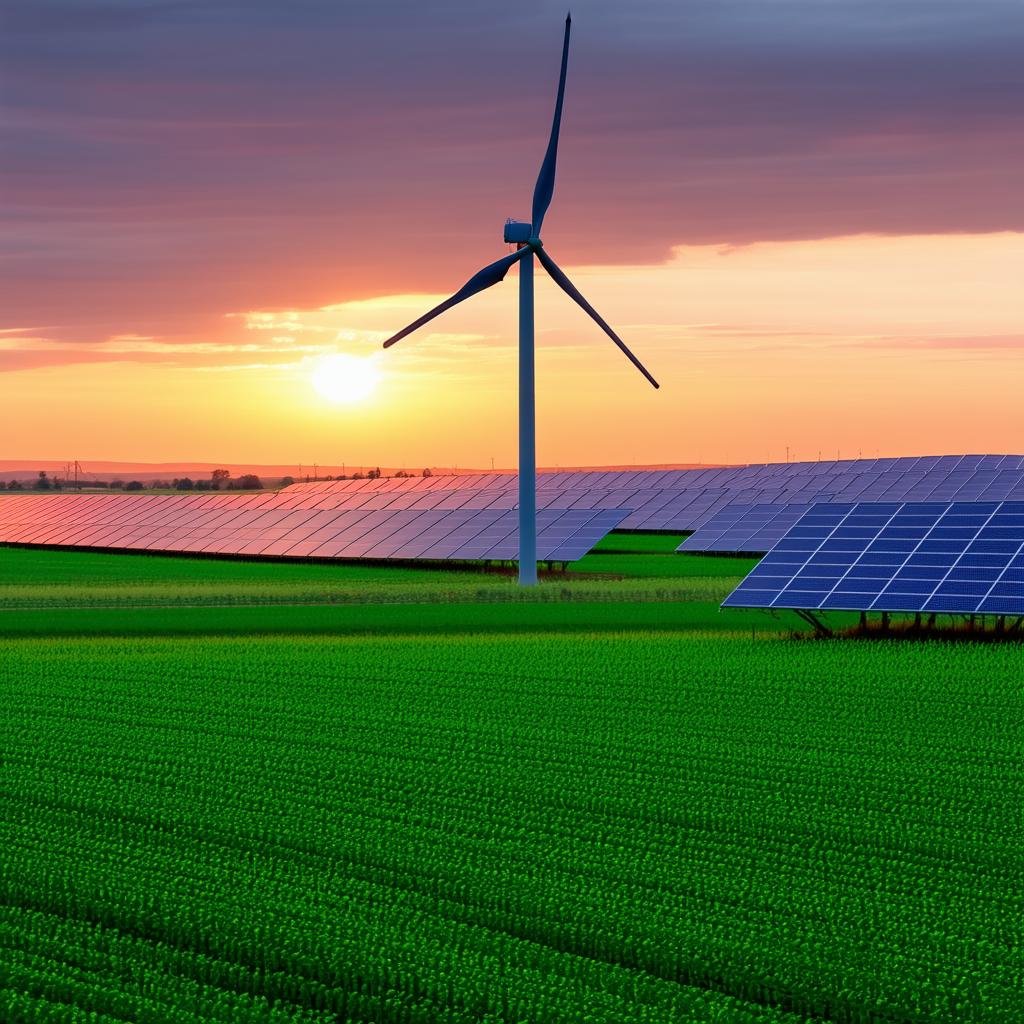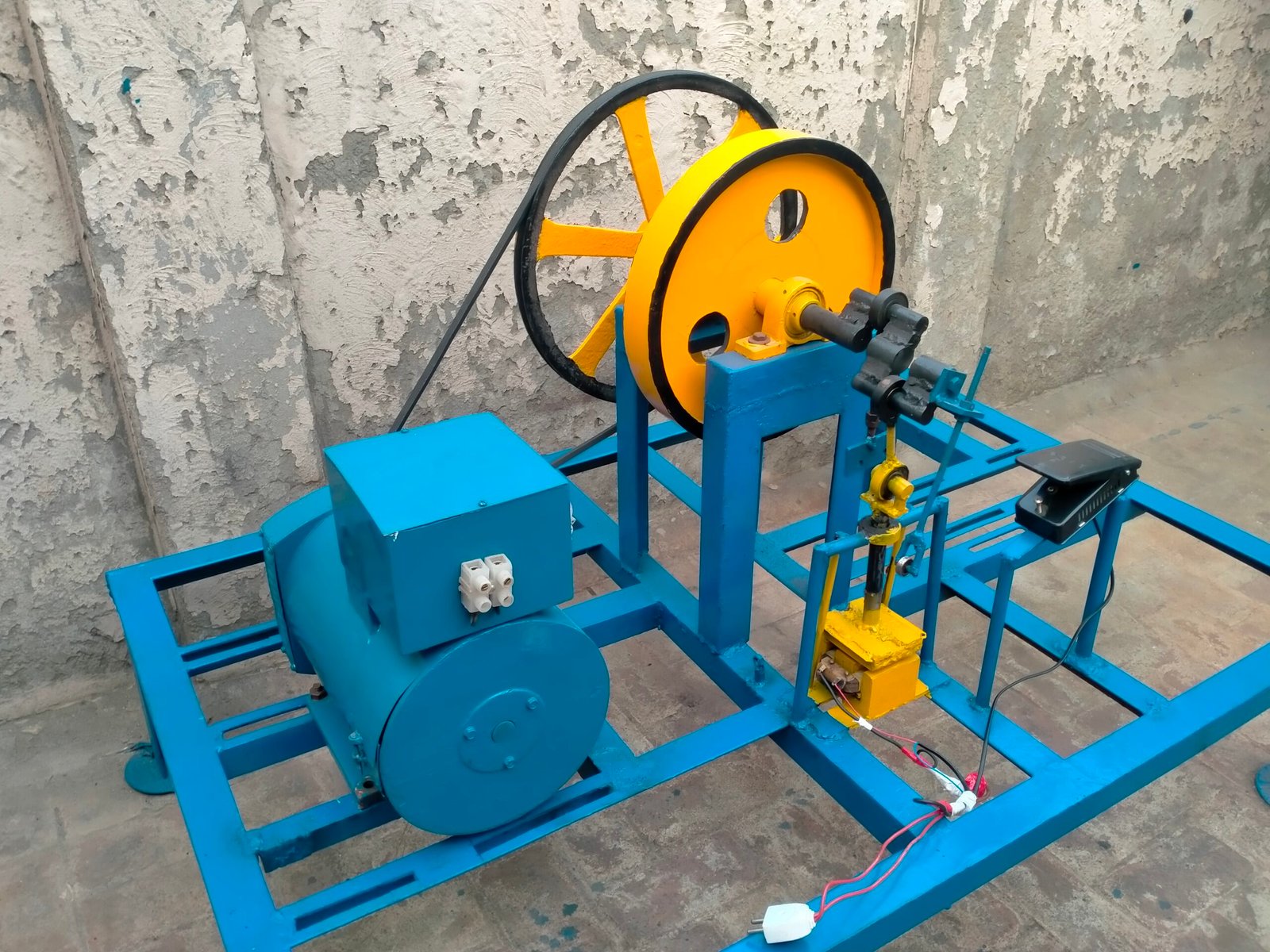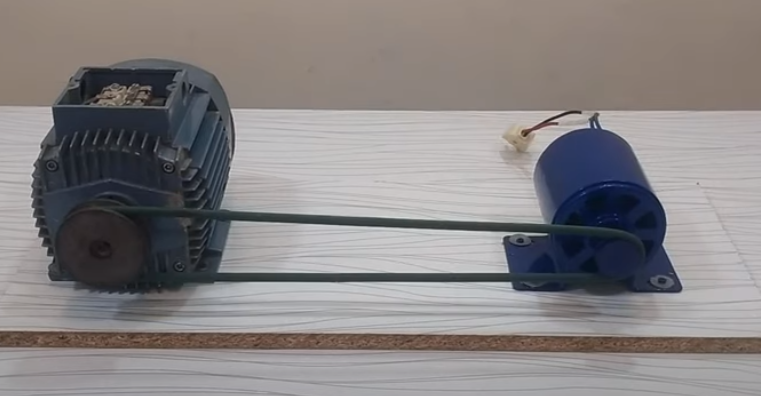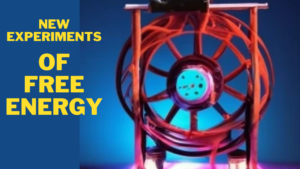
New Experiment Of Making 12 KW Free Energy Generator 220 Volt Diy Project At Home
In our quest to revolutionize the energy sector, we’ve embarked on a groundbreaking journey to create a 12 KW Free Energy Generator 220 Volt Diy Project at Home. This innovative endeavor is not just a testament to our commitment to sustainable energy solutions, but also a beacon of hope for households seeking to reduce their energy costs and carbon footprint. Our team of dedicated engineers and scientists have meticulously designed and tested this free energy generator, ensuring it’s not only efficient but also safe for home use.
The generator operates on the principle of electromagnetic induction, harnessing the power of magnetic fields to generate a staggering 12 KW of free energy. This is enough to power an average household, making it a game-changer in the realm of renewable energy. The 220 Volt output ensures compatibility with most home appliances, eliminating the need for any additional converters or adapters.
The beauty of this project lies in its simplicity. We’ve made it a DIY project, providing detailed instructions and guidelines to help you assemble and install the generator at home. This not only makes it a cost-effective solution but also an engaging and educational project for those interested in renewable energy.
Our generator is designed to be compact and lightweight, making it easy to install in any part of your home. It’s also built to withstand various weather conditions, ensuring its longevity and reliability. The generator requires minimal maintenance, making it a hassle-free solution for your energy needs.
In terms of environmental impact, our 12 KW Free Energy Generator is a giant leap forward. It produces zero emissions, contributing to cleaner air and a healthier environment. By harnessing free energy, it reduces our reliance on fossil fuels, paving the way for a more sustainable future.
We’ve also ensured that our generator is compliant with all safety standards. It’s equipped with multiple safety features, including an automatic shut-off mechanism in case of any anomalies. This ensures the safety of your home and loved ones while you enjoy the benefits of free energy.
In conclusion, our 12 KW Free Energy Generator 220 Volt Diy Project at Home is a revolutionary step towards sustainable and cost-effective energy solutions. It’s a testament to our commitment to innovation and our dedication to providing practical, eco-friendly solutions for households. With this generator, we’re not just powering homes, we’re powering a brighter, greener future.
Introduction to Free Energy Generators
Free energy generators are a revolutionary concept that has taken the world by storm. They are devices that convert energy from the environment into usable power, without the need for any external fuel source. This article will delve into the intricacies of creating a 12 KW free energy generator, a DIY project that can be undertaken at home.
In the realm of sustainable energy solutions, we delve into the fascinating world of Free Energy Generators. A concept that has sparked intrigue and debate in equal measure, these devices promise a future where energy scarcity is a thing of the past. As we navigate the intricacies of this innovative technology, we’ll explore its potential, debunk myths, and shed light on its practical applications.
Free Energy Generators, as the name suggests, are devices designed to generate energy ‘freely’, or without the need for conventional fuel sources. They operate on the principle of perpetual motion, a concept that defies traditional physics laws, thus making them a subject of intense scientific scrutiny. However, the potential of these devices to revolutionize our energy landscape is undeniable.
The technology behind Free Energy Generators is rooted in harnessing natural forces and phenomena, such as magnetism and gravity. By leveraging these forces, these devices aim to create a continuous cycle of energy production, effectively creating an inexhaustible energy source. This is a significant departure from conventional energy generation methods, which rely heavily on finite resources, contributing to environmental degradation and climate change.
The practical applications of Free Energy Generators are vast and varied. From powering homes and businesses to fueling vehicles and industrial machinery, the potential for these devices to transform our energy-dependent society is immense. Moreover, they offer a sustainable and eco-friendly alternative to traditional energy sources, aligning with global efforts to combat climate change and promote environmental conservation.
However, the journey towards mainstream adoption of Free Energy Generators is not without challenges. Skepticism and controversy surround these devices, primarily due to their perceived violation of the laws of physics. Additionally, the lack of comprehensive scientific research and empirical evidence supporting their functionality further fuels this skepticism.
Despite these challenges, the pursuit of Free Energy Generators continues unabated, driven by the promise of a sustainable and energy-abundant future. As we continue to explore and innovate, we remain hopeful that these devices will eventually find their rightful place in our energy landscape.
In conclusion, Free Energy Generators represent a bold and innovative step towards a sustainable future. While they may be shrouded in controversy and skepticism, their potential to revolutionize our energy landscape is undeniable. As we continue to push the boundaries of innovation and sustainability, we look forward to a future where energy is abundant, accessible, and most importantly, free.
Understanding the Concept of Free Energy
Free energy, also known as zero-point energy, is a concept that has been around for centuries. It refers to the energy that is present in the vacuum of space, which can be harnessed and converted into usable power. This energy is abundant and renewable, making it an ideal source of power for our energy-hungry world.
In our quest to comprehend the intricate concept of free energy, we delve into the heart of thermodynamics, a realm where energy, entropy, and equilibrium coalesce to form the foundation of our understanding. Free energy, often denoted by the symbol ‘G’ in honor of the renowned scientist Josiah Willard Gibbs, is a thermodynamic potential that measures the maximum reversible work a system can perform at constant temperature and pressure. It’s a concept that intertwines the principles of physics, chemistry, and biology, serving as a cornerstone in our understanding of energy transfer and utilization.
The concept of free energy is rooted in the first and second laws of thermodynamics. The first law, also known as the law of energy conservation, posits that energy cannot be created or destroyed, only transformed. This law sets the stage for the concept of free energy, as it implies that the energy within a system is finite and must be managed efficiently. The second law, on the other hand, introduces the concept of entropy, a measure of disorder or randomness in a system. It states that the entropy of an isolated system always increases over time, leading to the inevitable progression towards equilibrium.
In the context of free energy, these laws imply that while energy can be transformed, the process is never 100% efficient due to the increase in entropy. This inefficiency is what gives rise to the concept of free energy, the portion of a system’s energy that is available to perform work after accounting for the increase in entropy. It’s a concept that is fundamental to our understanding of energy transfer and utilization, from the functioning of biological cells to the operation of industrial machines.
The calculation of free energy involves the enthalpy (H), entropy (S), and absolute temperature (T) of a system. The Gibbs free energy (G) is calculated using the formula G = H – TS, where H is the enthalpy or total energy, T is the absolute temperature, and S is the entropy. This equation elegantly encapsulates the interplay between energy, entropy, and temperature, providing a quantitative measure of a system’s free energy.
Understanding the concept of free energy is not just an academic exercise, but a practical necessity in many fields. In biology, for instance, the concept of free energy is central to the understanding of cellular metabolism. The breakdown of glucose in cells, a process known as glycolysis, involves a series of chemical reactions that are driven by changes in free energy. Similarly, in chemistry, the concept of free energy is used to predict the spontaneity of reactions, with a negative change in free energy indicating a spontaneous reaction.
In conclusion, the concept of free energy is a fundamental pillar in our understanding of energy transfer and utilization. It’s a concept that transcends disciplinary boundaries, finding relevance in physics, chemistry, biology, and engineering. By understanding free energy, we gain insights into the workings of the natural world, from the microscopic realm of cells to the macroscopic world of industrial machines. As we continue to explore and unravel the mysteries of free energy, we inch closer to a future where energy utilization is optimized, paving the way for sustainable and efficient energy systems.
The Science Behind Free Energy Generators
Free energy generators work on the principle of overunity. This means that they produce more energy than they consume. They do this by tapping into the zero-point energy field and converting it into electrical energy. This process is highly efficient and produces no harmful emissions, making it a green and sustainable source of power.
In our quest to understand the science behind free energy generators, we delve into the intricate world of physics, engineering, and the relentless pursuit of sustainable energy solutions. The concept of free energy generators, often shrouded in mystery and skepticism, is rooted in the principles of perpetual motion and over-unity devices. These devices, theoretically, produce more energy than they consume, challenging the conventional laws of physics, particularly the law of conservation of energy. However, it’s crucial to note that these devices don’t create energy out of nothing. Instead, they harness and convert energy from abundant and often overlooked sources, such as ambient heat, electromagnetic fields, and gravitational forces.
The cornerstone of free energy generators is the principle of zero-point energy. This concept, derived from quantum mechanics, suggests that even in a vacuum, where no particles or radiation exist, there’s still a residual amount of energy. Free energy devices aim to tap into this energy, converting it into usable power. However, the practical application of this concept remains a subject of intense debate and research.
Another key aspect of free energy generators is the use of magnetic fields. Magnetic energy generators, for instance, utilize the power of magnets to create perpetual motion. The idea is to arrange magnets in such a way that their magnetic forces cause a turbine to spin indefinitely, generating electricity. However, critics argue that these devices violate Lenz’s law, which states that an induced electromotive force generates a current that induces a counter magnetic field that opposes the original magnetic field.
In the realm of thermodynamics, free energy generators often reference the concept of a heat engine. These devices aim to convert ambient heat into mechanical work, exploiting the second law of thermodynamics. However, the practicality of such devices is often questioned, as they require a significant temperature difference to operate efficiently.
In conclusion, the science behind free energy generators is a fascinating blend of established physical laws and innovative, often controversial, theories. While the feasibility of these devices is yet to be conclusively proven, their potential implications for sustainable energy generation are undeniable. As we continue to grapple with the energy crisis and the urgent need for environmentally friendly solutions, the exploration of free energy generators remains a compelling avenue of research and development.
Building a 12 KW Free Energy Generator at Home
Building a 12 KW free energy generator at home is a challenging yet rewarding project. It requires a good understanding of electrical engineering principles, as well as some practical skills. However, with the right guidance and resources, it is a project that can be successfully completed.
In our quest to harness the power of renewable energy, we’ve embarked on a journey to construct a 12 KW Free Energy Generator right in the comfort of our homes. This endeavor, while ambitious, is not only feasible but also a testament to the boundless potential of sustainable energy solutions. The process, though intricate, is a rewarding venture that promises to revolutionize our energy consumption habits, significantly reducing our carbon footprint and paving the way for a greener future.
The first step in building a 12 KW Free Energy Generator is understanding the fundamental principles of energy generation. Energy, in its essence, is neither created nor destroyed but merely transformed from one form to another. This principle, known as the Law of Conservation of Energy, is the cornerstone of our project. Our generator will harness energy from renewable sources, such as wind or solar power, and convert it into electrical energy that can be used to power our homes.
The heart of our generator is the alternator, a device that converts mechanical energy into electrical energy. The alternator’s efficiency is paramount to the overall performance of our generator. Therefore, we must ensure that it is of high quality and capable of handling the power output we aim to achieve.
The next component is the energy source. If we opt for wind energy, we’ll need a wind turbine. If we choose solar energy, we’ll require solar panels. Both options have their advantages and disadvantages, and the choice largely depends on the geographical location and climatic conditions of our homes.
The energy harnessed from these sources is then stored in batteries. These batteries are a crucial component of our generator, as they store the energy produced for later use. The capacity of these batteries should be sufficient to store the 12 KW of energy we aim to generate.
The final component is the inverter. This device converts the stored energy from DC (Direct Current) to AC (Alternating Current), the form of electricity commonly used in our homes.
Building a 12 KW Free Energy Generator at home is a complex task that requires a thorough understanding of the principles of energy generation and the components involved. However, the benefits of this project far outweigh the challenges. Not only will we significantly reduce our energy bills, but we’ll also contribute to a more sustainable and environmentally friendly future.
In conclusion, the construction of a 12 KW Free Energy Generator at home is a testament to the limitless potential of renewable energy. With the right knowledge, resources, and determination, we can harness the power of nature to fuel our homes, paving the way for a greener and more sustainable future.
Materials Required for the Project
The materials required for this project include a high-quality magnet, 12 kw alternator, a electric wheel, a 36 volt bldc controller, and a 220 volt to 36 volt transformer. These materials can be easily sourced from any local hardware store or online. It is important to ensure that the materials are of good quality, as this will affect the efficiency and longevity of the generator.
Step-by-Step Guide to Building the Generator
Building the generator involves several steps, including designing the generator, assembling the components, testing the generator, and finally, installing it. Each step requires careful attention to detail and a good understanding of the principles involved.
Benefits of a 12 KW Free Energy Generator
A 12 KW free energy generator has several benefits. It can provide a significant amount of power, enough to run a small home or business. It is also a renewable and sustainable source of power, which can help reduce our reliance on fossil fuels and contribute to a greener planet.
Conclusion
In conclusion, building a 12 KW free energy generator at home is a challenging yet rewarding project. It not only provides a sustainable source of power but also contributes to a greener and more sustainable planet. With the right guidance and resources, it is a project that can be successfully completed.
H2: FAQs
Q1: What is a free energy generator?
A free energy generator is a device that converts energy from the environment into usable power, without the need for any external fuel source.
Q2: How does a free energy generator work?
A free energy generator works on the principle of overunity, which means it produces more energy than it consumes. It does this by tapping into the zero-point energy field and converting it into electrical energy.
Q3: What materials are required to build a 12 KW free energy generator?
The materials required for this project include a high-quality magnet, copper wire, a rotor, a stator, and a battery.
Q4: What are the benefits of a 12 KW free energy generator?
A 12 KW free energy generator can provide a significant amount of power, enough to run a small home or business. It is also a renewable and sustainable source of power.
Q5: Is it possible to build a 12 KW free energy generator at home?
Yes, it is possible to build a 12 KW free energy generator at home. However, it requires a good understanding of electrical engineering principles, as well as some practical skills.

